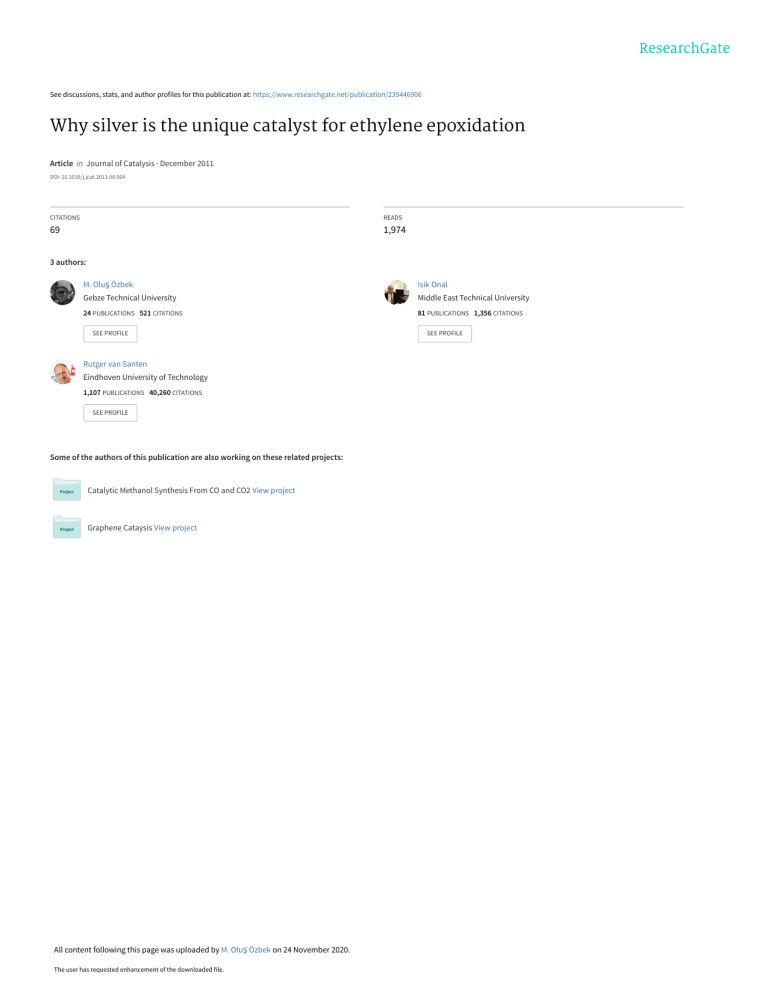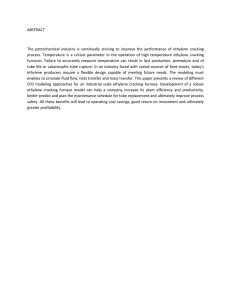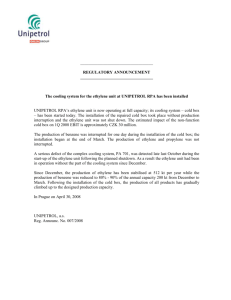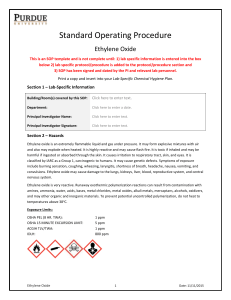
See discussions, stats, and author profiles for this publication at: https://www.researchgate.net/publication/235446906 Why silver is the unique catalyst for ethylene epoxidation Article in Journal of Catalysis · December 2011 DOI: 10.1016/j.jcat.2011.08.004 CITATIONS READS 69 1,974 3 authors: M. Oluş Özbek Isik Onal Gebze Technical University Middle East Technical University 24 PUBLICATIONS 521 CITATIONS 81 PUBLICATIONS 1,356 CITATIONS SEE PROFILE Rutger van Santen Eindhoven University of Technology 1,107 PUBLICATIONS 40,260 CITATIONS SEE PROFILE Some of the authors of this publication are also working on these related projects: Catalytic Methanol Synthesis From CO and CO2 View project Graphene Cataysis View project All content following this page was uploaded by M. Oluş Özbek on 24 November 2020. The user has requested enhancement of the downloaded file. SEE PROFILE Why silver is the unique catalyst for ethylene epoxidation M.O. Ozbek, I. Onal, R.A. van Santen Journal of Catalysis Volume 284, Issue 2, 1 December 2011, Pages 230-235 https://doi.org/10.1016/j.jcat.2011.08.004 https://www.sciencedirect.com/science/article/pii/S0021951711002466 The activities of Cu2O(0 0 1), Ag2O(0 0 1), and Au2O(0 0 1) surfaces for direct ethylene epoxidation and alternative paths for EO isomerization are studied. Among these three oxide surfaces, only Ag2O(0 0 1) surface enables direct path without a barrier. Au2O cannot regenerate surface oxygen, and overall reaction on Cu2O is endothermic. Furthermore, ring opening of ethylene oxide (EO) and subsequent acetaldehyde (AA) formation on Cu2O is more favorable than EO desorption. Ethylene adsorption on an oxygen vacancy results in the oxametallacycle (OMC) formation, which causes AA formation and reduces EO selectivity. Cl adsorption removes these surface vacant sites and hence prevents the formation of the OMC intermediate. The difference in selectivity of ethylene epoxidation of Ag, Cu, and Au relates to the different reactivity of their oxidized surfaces. Au2O is predicted to have the highest selectivity for ethylene oxide (EO) formation; however, catalytically it cannot be applied because O2 will not regenerate the oxide. Cu2O is found to activate ring opening EO with subsequent acetaldehyde formation. The latter barrier is higher than the desorption energy of EO on Ag2O. View publication stats






